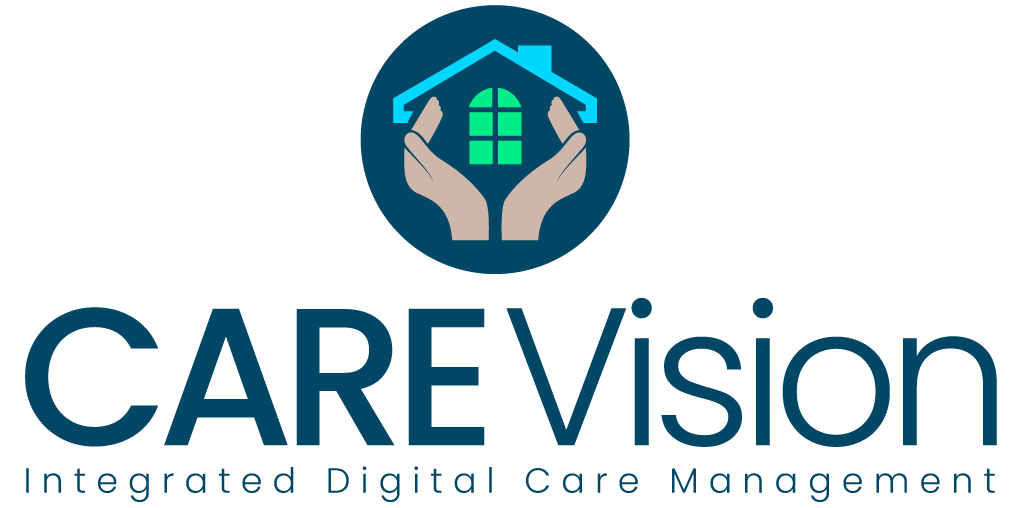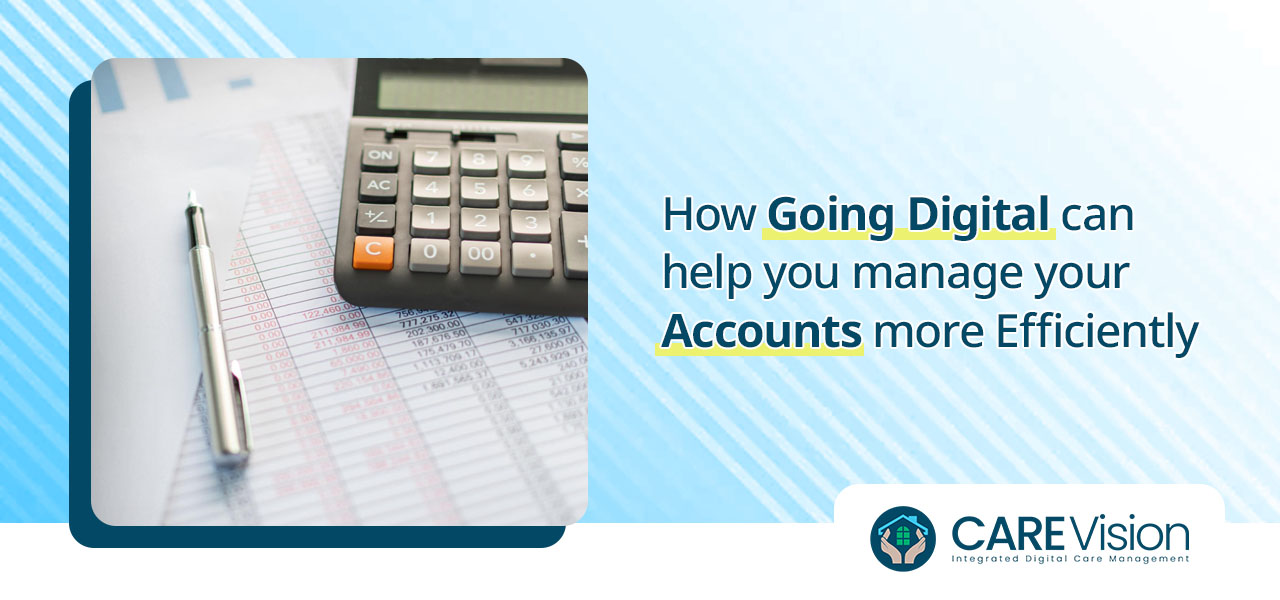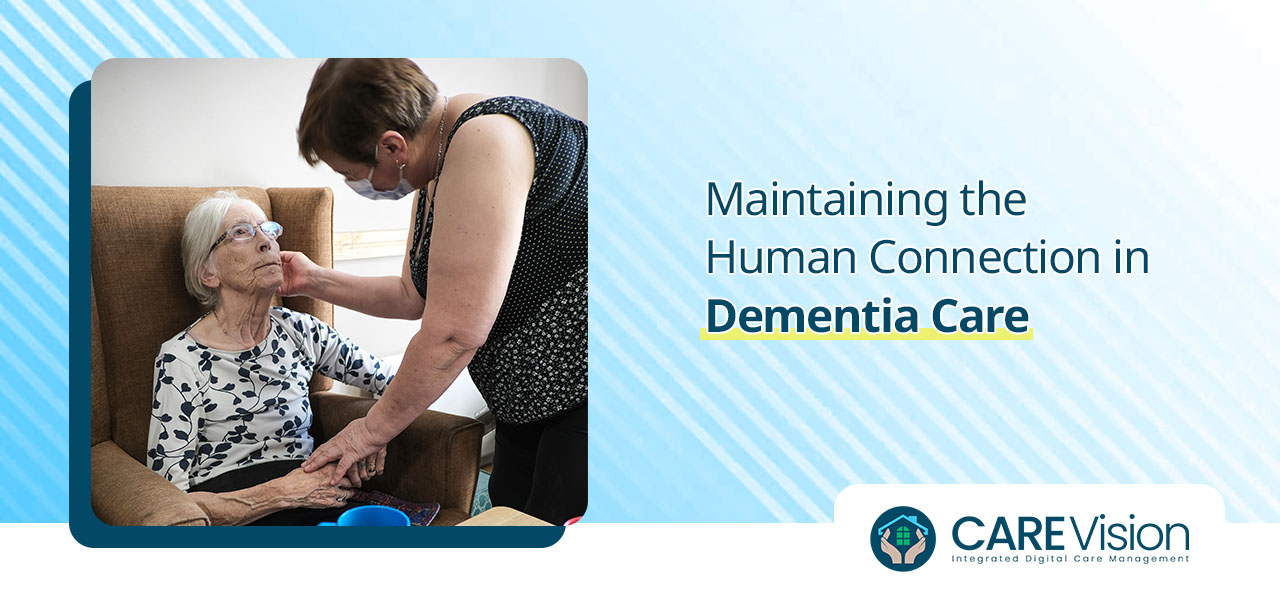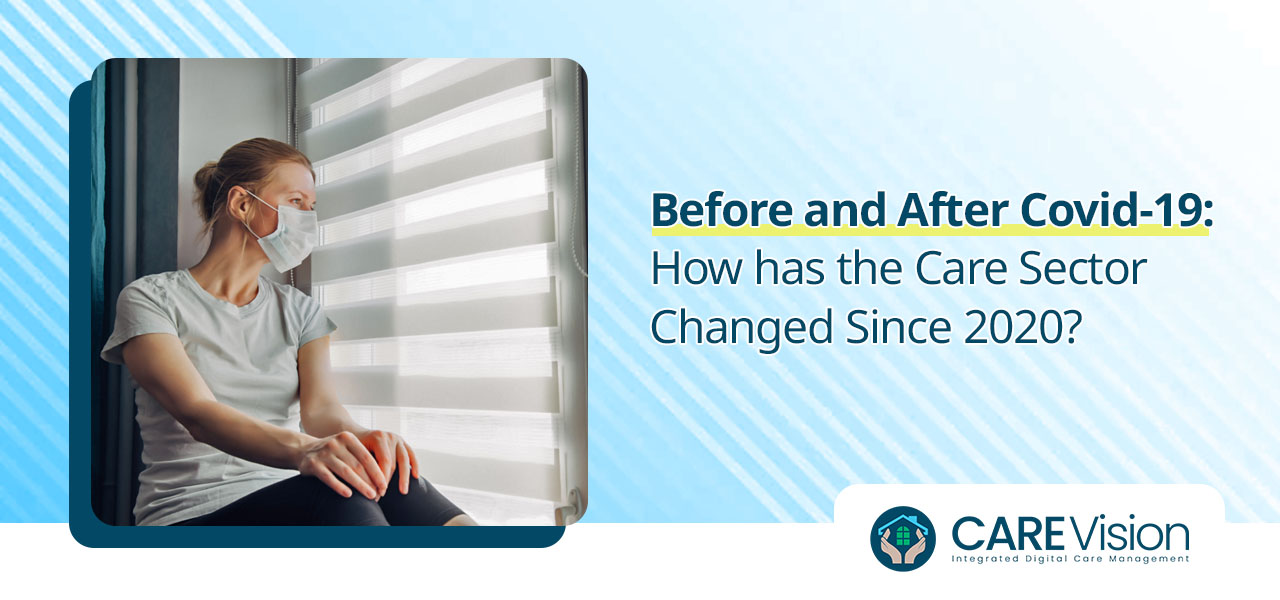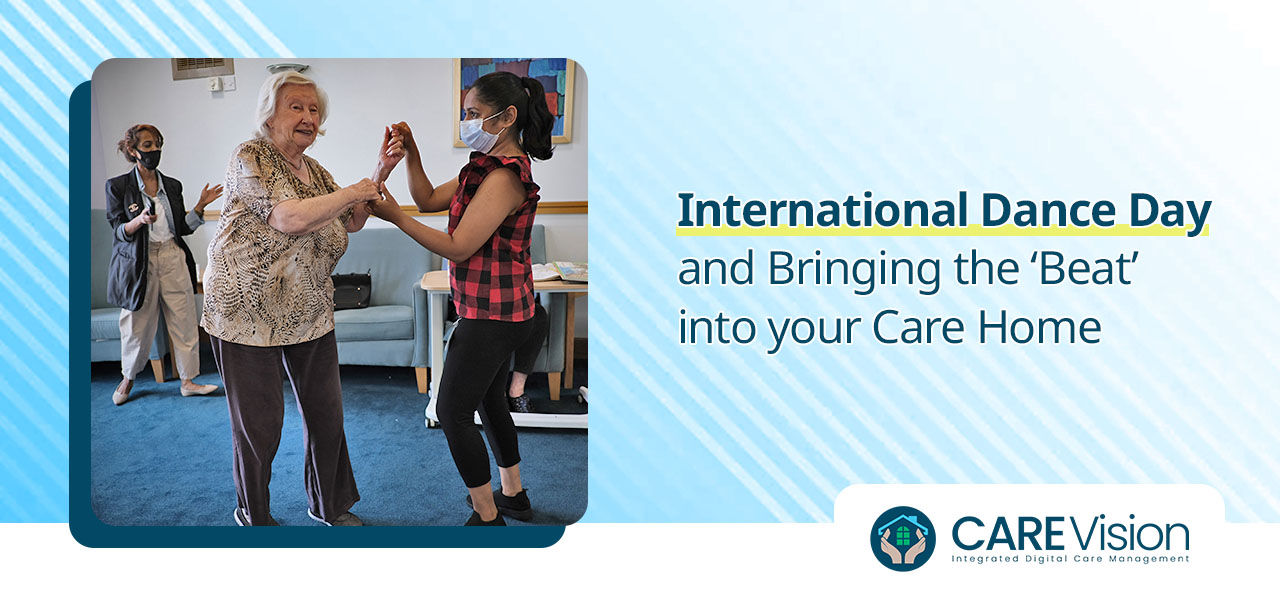The COVID-19 pandemic that arrived in 2020 changed the world in so many ways. We learned the value of compassionate nursing and medical innovation. We cheered when a vaccine was found and mourned those who did not survive. We discovered how to use video conferencing and the power of virtual connections when physical meet-ups were impossible. Most of all, we found the joy in friendships stretching across the miles and understood the power of collaboration in the face of a common enemy.
The care sector found itself on the front line of the battle against the brand-new virus sweeping the world. Not only did its workers have to battle against the symptoms and repercussions of COVID-19, but they also had to make sense of rapidly issued and constantly changing edicts and instructions from those in charge of the country’s response. Such a difficult time has inevitably left an indelible mark on all areas of society. However, it has particularly affected the social care sector, hospitals and healthcare facilities. So many protocols and procedures have been changed – and attitudes redrawn around how we care for those who need additional support.
Positive change brought about by COVID-19
Rather than dwelling on the negative, unhelpful changes that COVID-19 brought with it, it can be helpful to think about that period, and the years that have followed it, rather more positively. For example, enforced separation inspired everyone to ‘upskill’ when it came to IT. Video conferencing, online communications, mobile apps, remembering to ‘come off mute’ when it is our turn to speak; we have become far more proficient and confident using technology than ever before. That goes for people of all ages, too!
Greater familiarity with IT has led to more care homes across the UK embracing digital care management tools, such as Care Vision. The benefits of digitising admin, freeing up time spent previously on laborious manual record keeping and being able to share data instantly, 24/7 are indeed numerous. As well as more efficient admin management, sensitive data can be kept securely on the cloud and retrieved quickly and easily for audits, reports or simply looking back to see what has been recorded. The UK Government has even funded care facilities keen to make the move from paper records to digital, so popular this new way of thinking and working has proven since the times of COVID-19.
Strengthened communications
In a somewhat ironic shift in behaviour, the advances in IT that accompanied COVID-19 have helped us communicate better and more frequently with each other despite having to stay in our own socially distanced ‘bubbles’. Video calling is no longer just the preserve of IT-savvy teenagers and high-flying business executives. Systems like Care Vision help family members of care home residents keep in touch with their loved ones through a myriad of digital communications, from emails and internet-enabled contact to apps that let people photos and follow health monitoring reports and updates.
External medical professionals can have patients’ care records sent over to their office almost instantaneously so that diagnosis and treatment of new medical conditions can begin straight away. Emergency responders can answer distress calls far more easily and effectively by having the relevant details transmitted to their mobile device digitally, even as they are rushing to the scene. This focus on providing a rapid response and ensuring quick transfer of data has directly resulted from the lessons we learned about the best way to react and respond to COVID-19 related emergencies.
Human spirit and shared goals
Last, but by no means least, the care sector joins many other areas and industries in recognising a return of humanity to the most mundane of tasks and operations. We have learned how to pull together and this is a lesson that is not going away again any time soon. Having to spend so much time away from loved ones and colleagues means that we don’t take human relationships for granted. In the care sector, this has translated into spending more time actually listening to and interacting with residents and patients.
Having a digital care management system in place at a care home frees up carers’ time to sit with people and share stories, laugh together and help residents navigate their way through their individual life circumstances. Despite COVID-19 taking us away from each other physically for a time, we have all spent the years following the lifting of lockdowns coming inexorably back together again.
